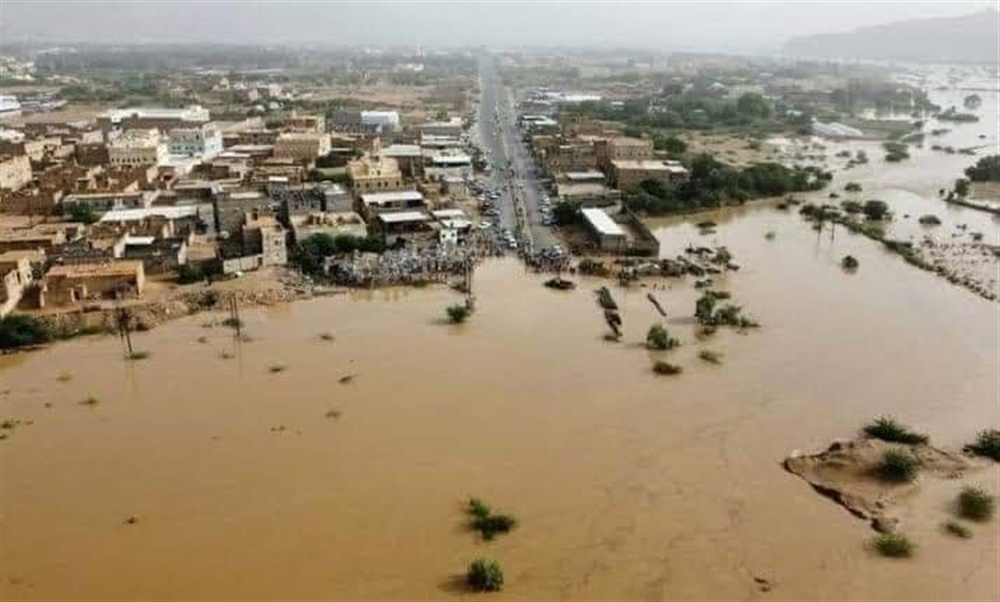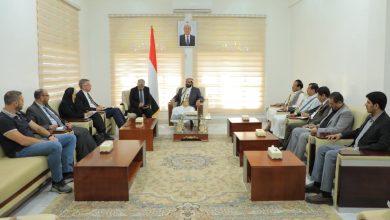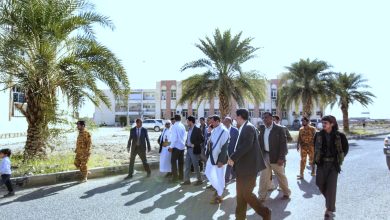The International Organization for Migration (IOM) has reported that the ongoing floods and storms in Yemen are wreaking havoc across the country, exacerbating an already dire humanitarian crisis.
Deadly Impact of the Natural Disasters
Since late June, escalating through early August, the floods have claimed the lives of at least 57 people and impacted over 34,000 families, with numerous others missing or injured. Heavy rainfall has devastated areas including Hodeidah, Taiz, and Marib, according to updates from the Office for the Coordination of Humanitarian Affairs.
In response to the catastrophic flooding that has caused widespread destruction throughout Yemen, IOM is intensifying its emergency operations to support thousands of affected families. “The magnitude of this disaster is immense, and the humanitarian needs are massive,” stated Matt Huber, the Acting Chief of Mission for IOM in Yemen. He emphasized the relentless efforts of their teams on the ground to provide life-saving assistance but highlighted the limitations due to scarce resources.
Severe Damages and Challenges
The organization pointed out that Hodeidah is among the worst-hit areas, with floods displacing over 6,000 families and causing significant damage to infrastructure, burying wells, eroding farmlands, and destroying homes and essential public services. The situation remains dire in the districts of Hays, Al Mokha, and Al Khawkhah, with reports indicating that over 5,800 families have been affected, resulting in thousands being displaced and causing considerable damage. Furthermore, the floods have swept landmines into new areas, complicating access and increasing risks for those trying to reach communities in need.
In Marib, recent storms and floods have inflicted severe damage, including breaking electricity poles and causing widespread power outages, significantly impacting shelters. Initial assessments in 21 displacement sites managed by IOM revealed that 600 shelters were completely damaged, and 2,800 partially damaged, affecting over 20,000 people. Tragically, four deaths and several injuries have been reported, with 12 individuals referred to IOM-supported hospitals in Marib for urgent medical care.
Health Concerns and Urgent Response
The flooding has raised serious health concerns, with the combination of stagnant water and poor sanitation creating a breeding ground for mosquitoes, potentially leading to outbreaks of insect-borne diseases like malaria and dengue fever. Contaminated water sources could exacerbate the risk of waterborne diseases and the current cholera epidemic, worsening the health crisis in an already vulnerable community.
IOM has initiated a rapid response, providing assistance to 313 families in Hays and Al Khawkhah, distributing shelter materials to 83 families in Al Khawkhah, and 3,000 hygiene kits as part of the flood response on the west coast. Teams are conducting assessments in water, sanitation, hygiene, protection, multipurpose cash assistance, shelter, and non-food items to guide ongoing and future response efforts.
Call for Increased Support
The organization has warned that the destruction caused by the floods and storms has intensified the already horrific humanitarian crisis in Yemen, where millions are suffering from the effects of prolonged conflict, displacement, and poverty. The situation for internally displaced persons, already living in precarious conditions, has become even more perilous with the destruction of shelters and limited access to essential services.
As more rain and wind are expected in the coming days, the severity of the crisis is likely to increase. IOM urgently calls on the international community to significantly scale up support to meet the immense needs on the ground.
To follow the news in Arabic

 Al-Aradah discusses military and security developments with the UN envoy’s military advisor and their impact on the peace process.
Al-Aradah discusses military and security developments with the UN envoy’s military advisor and their impact on the peace process. Tariq Saleh discusses the latest developments with the UAE ambassador.
Tariq Saleh discusses the latest developments with the UAE ambassador. Mareb officials and the Technical Education Authority launch the furnishing of the Community College, funded by Kuwait.
Mareb officials and the Technical Education Authority launch the furnishing of the Community College, funded by Kuwait. Workshop on violence against girls concludes in Aden, focusing on awareness and prevention strategies.
Workshop on violence against girls concludes in Aden, focusing on awareness and prevention strategies. Training customs personnel in Qatar on monitoring strategic goods.
Training customs personnel in Qatar on monitoring strategic goods. Al-Thuqali discusses efforts to document the Socotri language and directs preparations for the heavy vehicles site at the port.
Al-Thuqali discusses efforts to document the Socotri language and directs preparations for the heavy vehicles site at the port.